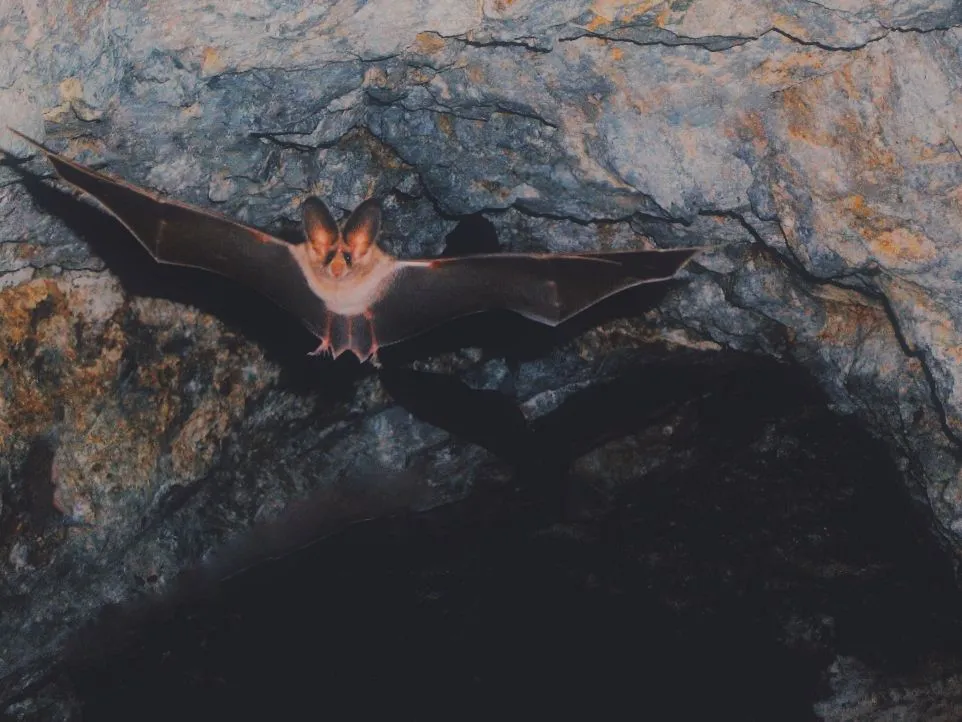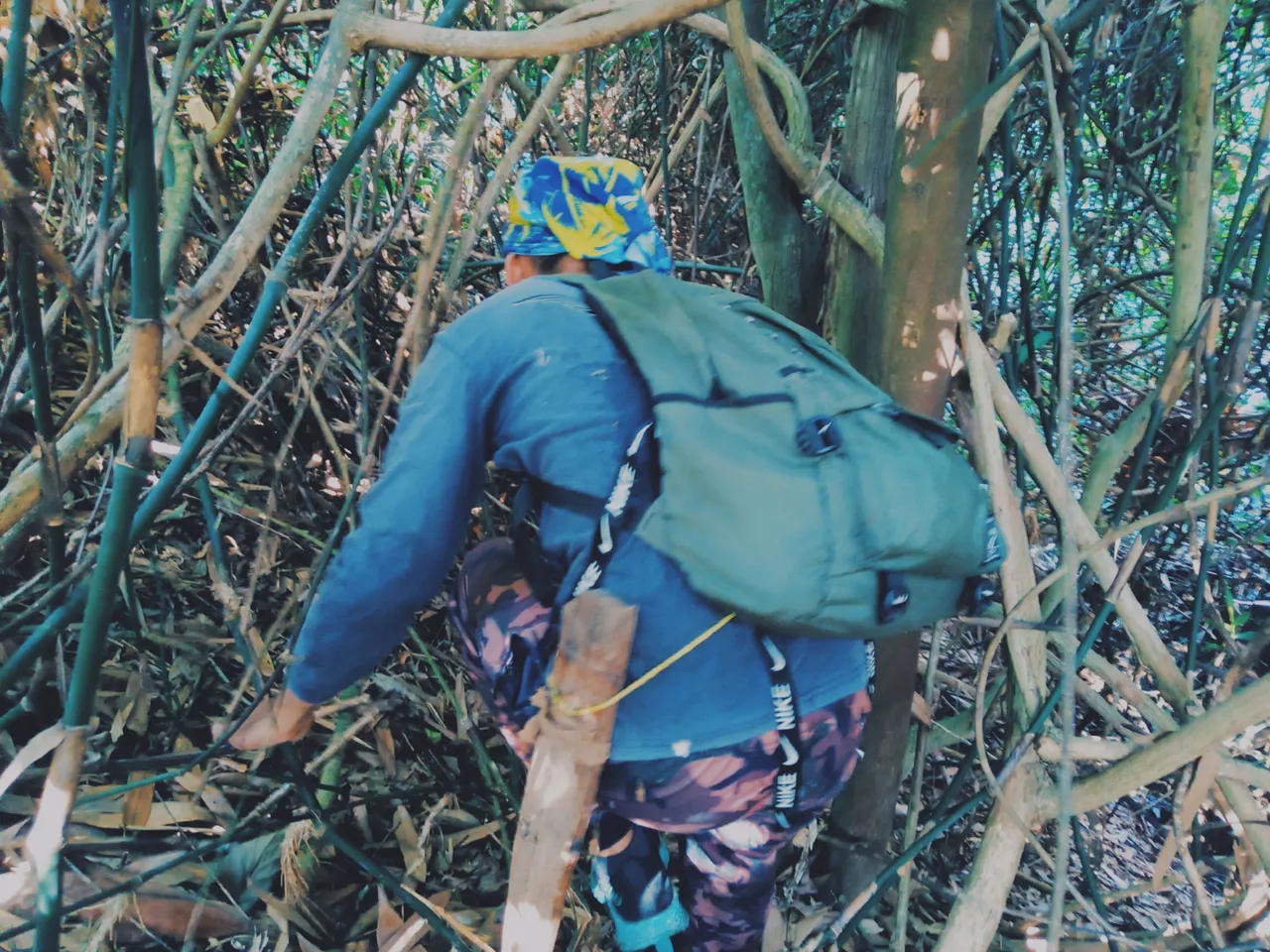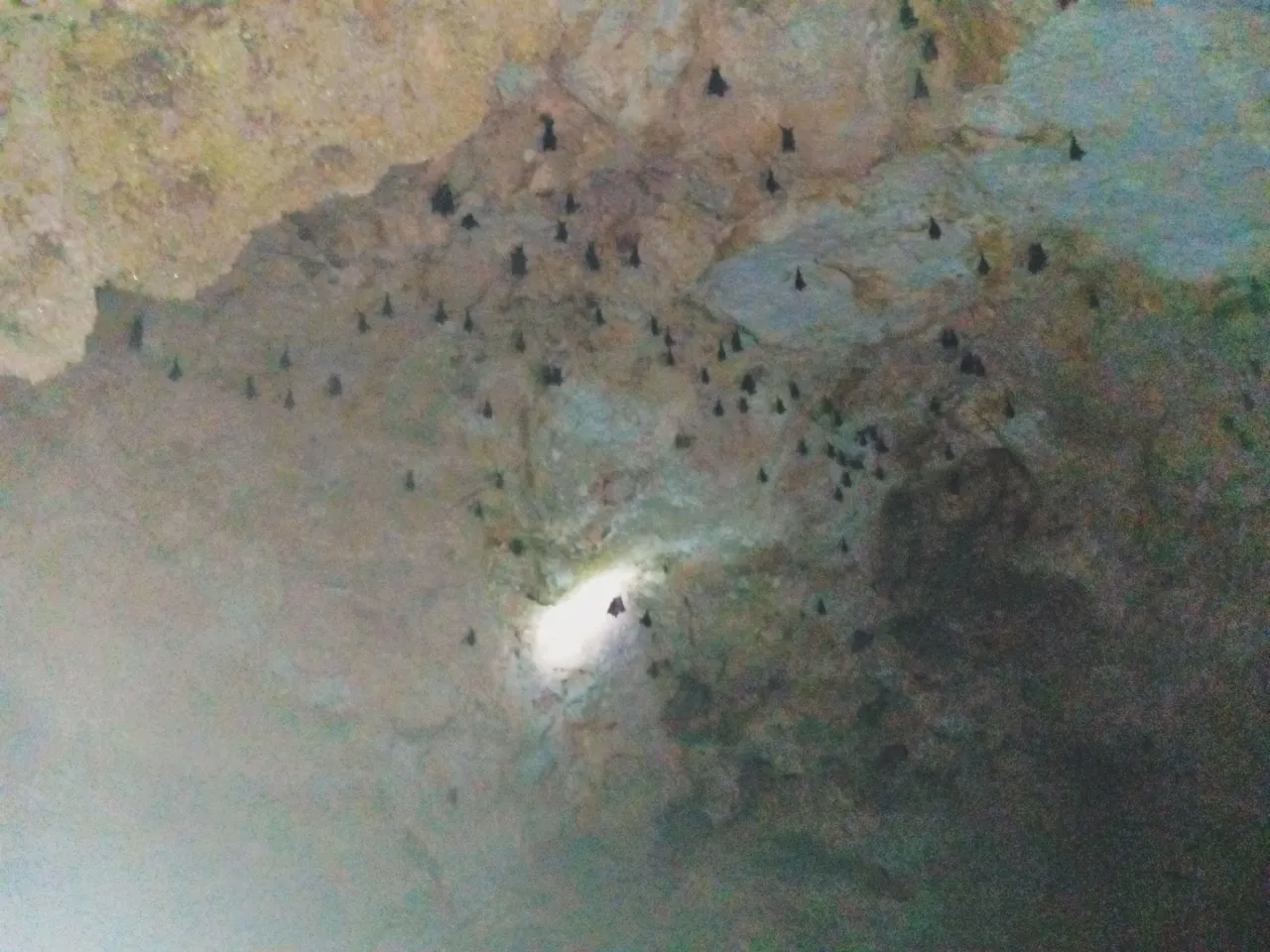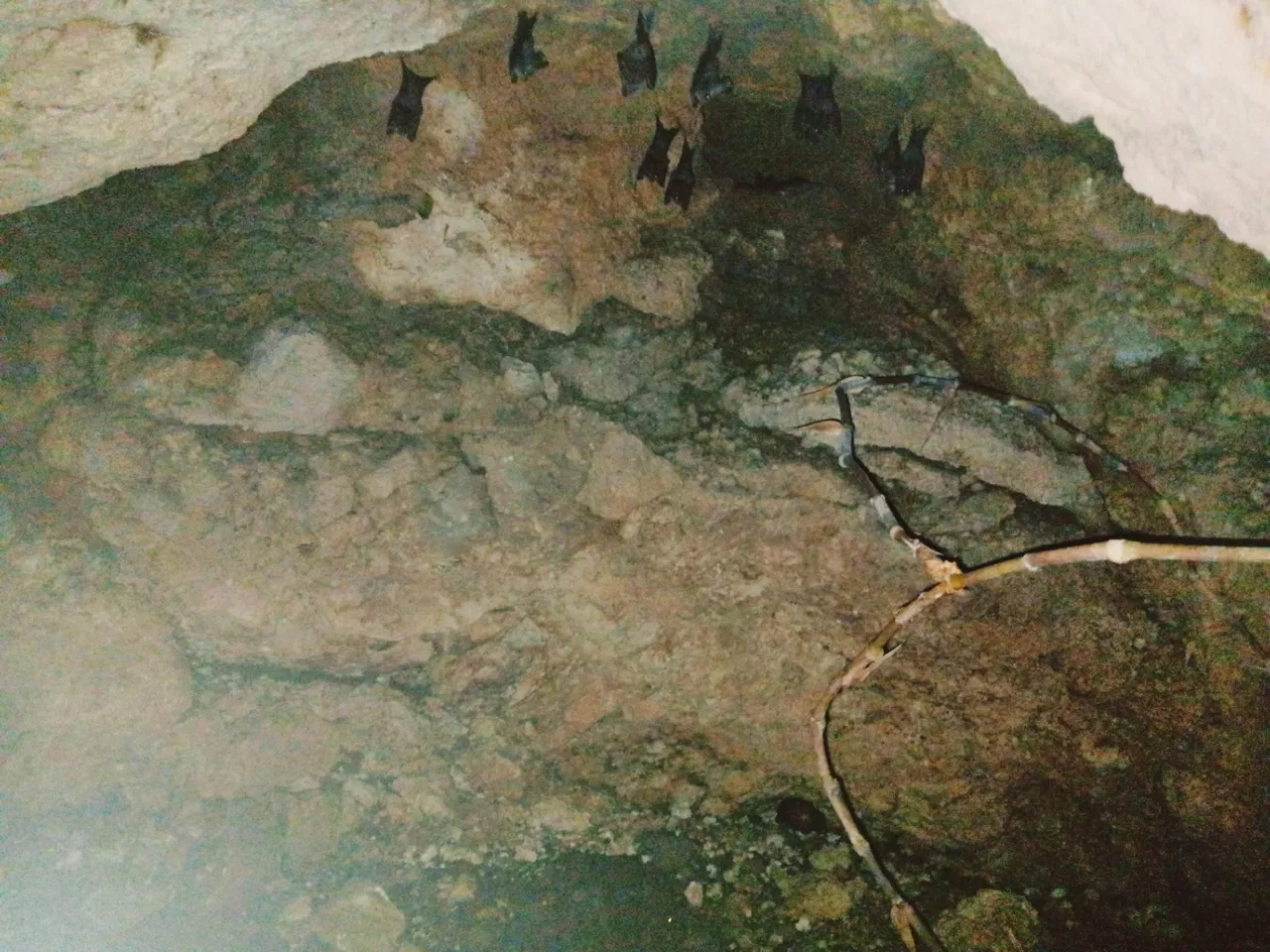In this blog, join me as we delve the adaptive characteristics and biological livelihood of Kabog and having seen them in actual.

Kabog (Cave bats) one of the species of bats which adapted and prefers cool and dark places to habituate like caves. Kabogs are different from kwaknit (fruit bats) and vampire bats.
Kabogs are a unique and fascinating group of mammals that have adapted to living in some of the most challenging environments. These bats are found primarily in caves and other rock crack or highland tree; and mostly tropical habitats.
Kabogs live in groups. They lie upside down all day long hanging on the ceiling of the caves. One of the most important adaptations of kabogs is their ability to navigate in complete darkness (nocturnal). They have this so-called echolocation like dolphins. Echolocation is an ability to track certain objects or other animals using only their ears. They also use it communicate other kabog for navigation, mating, hunt and potential predators. They have elongated wings compared to fruit bats which is used to fly and pass through narrow passages like cracks and used for greater air and sound vibration.
Another important adaptation of kabog is their ability to conserve water. These bats live in environments that are often lack of surface water, and they have evolved a variety of physiological adaptations that allow them to conserve water and survive in these isolated environments. Utilizing the droplets on stalactites, Kabogs are able to quench their thirst for days with only droplets.
Kabogs feed on insects, seeds, worms and tiny pests. Unlike kwaknit which feed entirely on ripe fruits, newly sprout leaves and flowers; kabogs are hairless which makes them sensitive to open spaces.
Kabog are facing a number of threats to their populations and habitats, including habitat loss, climate change, and disease. Many kabog are also threatened by human activities, including the development of caves and other subterranean habitats for tourism and other purposes.


Here in Tabogon, I think of all the isolated caves here, 90 percent are habitats of kabogs. Just like with this cave here in Lib-og Dos, no one has the strength to go in here due to difficult way into it and very dangerous to humans as it is situated down a cliff lots of Uway (craft-able bamboo) with potential of snakes and scorpions.
Anyway, by this first quarter of the year, it’s their hatching season and which are to be ready for the summer months. The Kabog’s here are dark brown in color with reddish eyes, and unaggressive towards us despite on seeing us close. A proof of healthy habitat and undisturbed environment knowing that there are humans nearby their habitat.
So, last Saturday morning, me and my friend went for an adventure visiting, discovering unknown and isolated caves. There were approximately almost a hundred kabog in there hanging and chirping while small ones were jumping from one place to another. With the cooperation of nearby settlers and with my buddy – my sundang (bolo), our adventure was a success. Plus no dangerous animals witnessed and nice fair day. We all made it in and out safely.

